
views
Preparing the Boxes
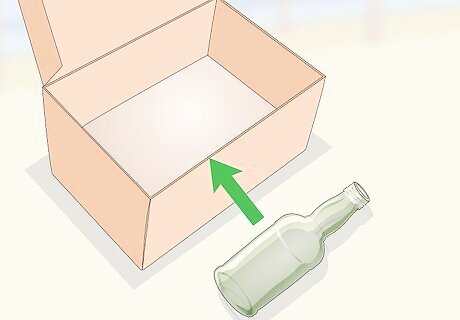
Use a box large enough to fit the wrapped bottles plus extra padding. Make sure the box is sturdy and free of holes or tears. While you can often obtain used boxes from retailers for free, it’s better to buy a new box than use one that’s worn or flimsy.
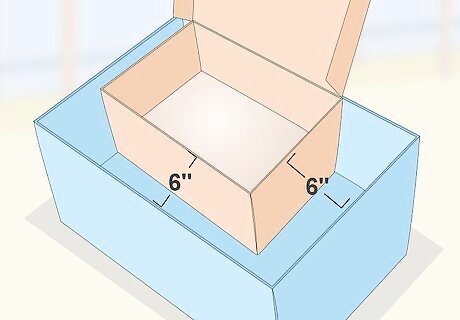
Find a second box that is 6 inches (15 cm) larger in each dimension. To make your packaging extra secure, it’s a good idea to put your bottles inside 2 layers of boxes. Look for a box that will leave room for about 3 inches (7.6 cm) of padding on each side of the smaller box when it is placed inside.
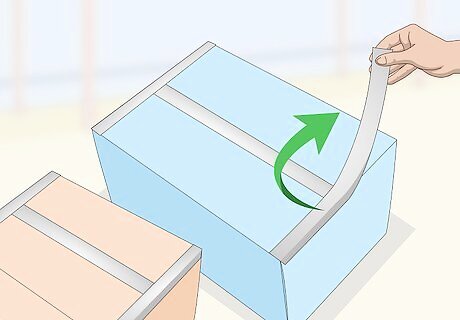
Seal the bottom of both boxes with packing tape. Use packing tape at least 2 inches (5.1 cm) wide. Fold 2 opposing flaps together, then fold the remaining 2 flaps over them and seal them with tape. You should use one long strip of tape down the middle where the 2 outer flaps meet, then tape the 2 sides perpendicular to that line, making an H. For added security, put a strip of tape on the bottom inside the box to seal the inner flaps as well.

Line the bottom of the larger box with packing materials. Packing peanuts or bubble wrap is ideal, as paper will not absorb as much shock if the package is shaken or dropped. Make a layer of packing materials at least 3 inches (7.6 cm) deep in the larger box.
Packing the Bottles
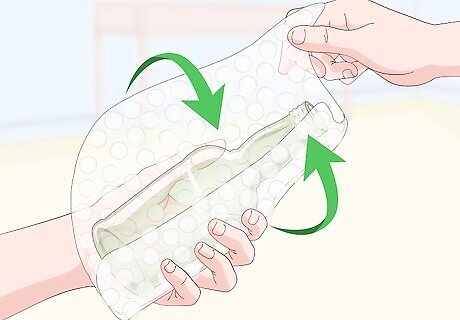
Wrap the bottles individually in bubble wrap. If you are using small-bubble wrap, you should wrap each bottle at least 4 times all the way around. If you are using large-bubble wrap, 2 times should be enough. You want about 3 inches (7.6 cm) of bubble wrap surrounding each bottle. You can tape the bubble wrap in place with Scotch tape, or use rubber bands to hold it in place. You can also purchase a partitioned packaging container, which will keep the bottles separate so they don’t knock against each other, but it’s still a good idea to wrap them in at least 1 layer of bubble wrap if you do so. Partitioned packaging containers are usually available at shipping supply stores, and may come in the form of a box or an insert you can place inside a box.

Seal each bottle in a plastic bag if they contain liquid. This will keep them from leaking if any of them break during shipment. You can also seal the bottle cap with electrical tape if you are concerned about leaks. This is especially important with carbonated liquids such as beer and kombucha, which are more likely to blow their caps during shipment.
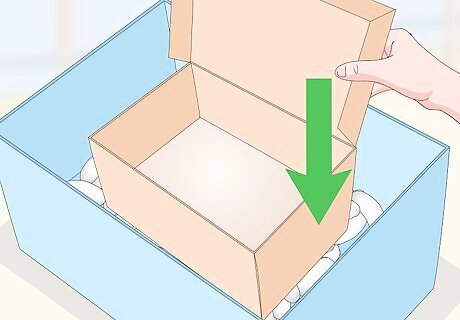
Pack the smaller box inside the larger one. Place the smaller box roughly in the middle of the larger one on top of the padding layer, and stuff more packing material around the sides of the smaller box. It should be packed tightly enough that it does not move when you shake the larger box.

Place the bottles inside the box. If the bottles contain liquid, place them upright. If not, you can place them however they fit best. Make sure you leave at least 3 inches (7.6 cm) of space between the bottles and the sides of the box.
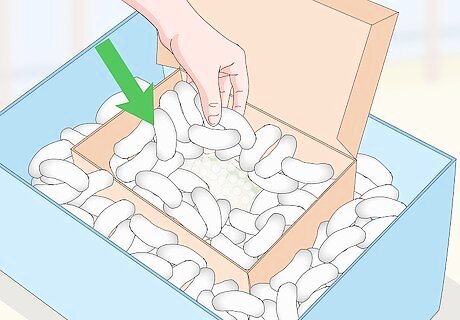
Stuff any empty spaces in the box with packing material. Once you have positioned the bottles in the box, surround them with packing materials on all sides. You should also stuff some packing materials between the bottles to keep them from moving around. Be careful not to pack the box too tight. Add packing materials just until the bottles don’t move when you shake the box.
Sealing and Labeling the Box
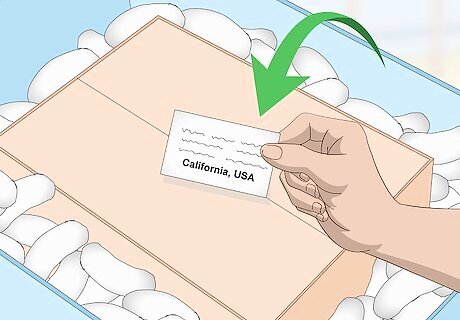
Write the shipping address on a card and put it in the box. This will help keep your bottles from getting lost if something happens to the package and the address label is damaged. Write the recipient and return address on a piece of paper and place it in the box.
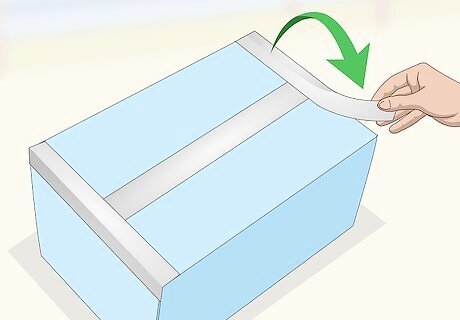
Tape both boxes closed with packing tape. Using packing tape at least 2 inches (5.1 cm) wide, seal the inner box closed by taping down the middle and on each side, in an H pattern. Add some more packing materials on top, then tape the larger box closed in the same way.
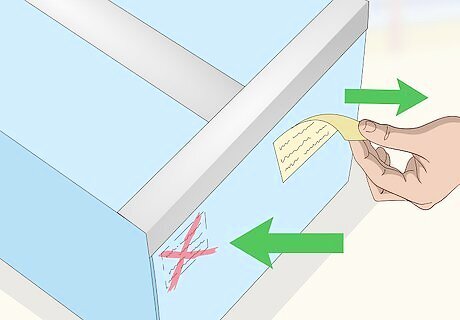
Remove or cross out any labels on the outer box. To make sure that your package reaches its destination on time, check the entire outside of the box and make sure there are no labels or barcodes. If there are, peel them off or black them out thoroughly with a Sharpie.
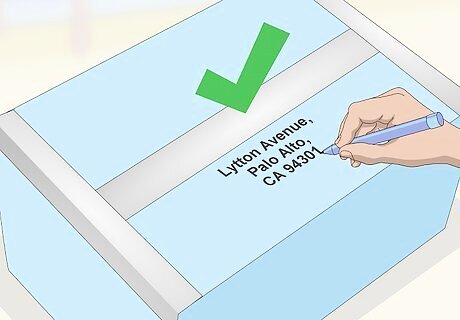
Write the shipping address clearly on the top of the outer box. Double check to make sure you have the correct address. You can either write the address neatly or print a shipping label using the USPS website. Include your return address on the box.
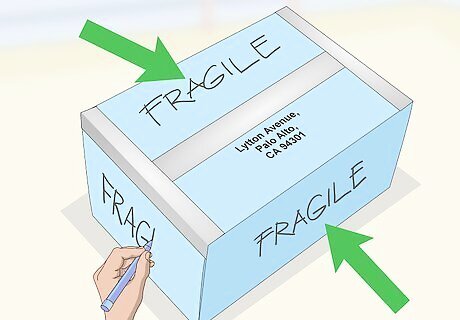
Write “Fragile” in large letters on each side of the box. If you ship bottles frequently, you may want to invest in a “Fragile” stamp. You may also be able to ask an employee at the post office to stamp it for you, but it’s best to write it yourself as well just in case. It’s also a good idea to write “this side up” with an arrow pointing towards the top on each side, especially if you are shipping bottles that contain liquid.




















Comments
0 comment